Supervised Defect Segmentation: Fine Defect Detection
In this case, we aim to detect very small defects within the images.
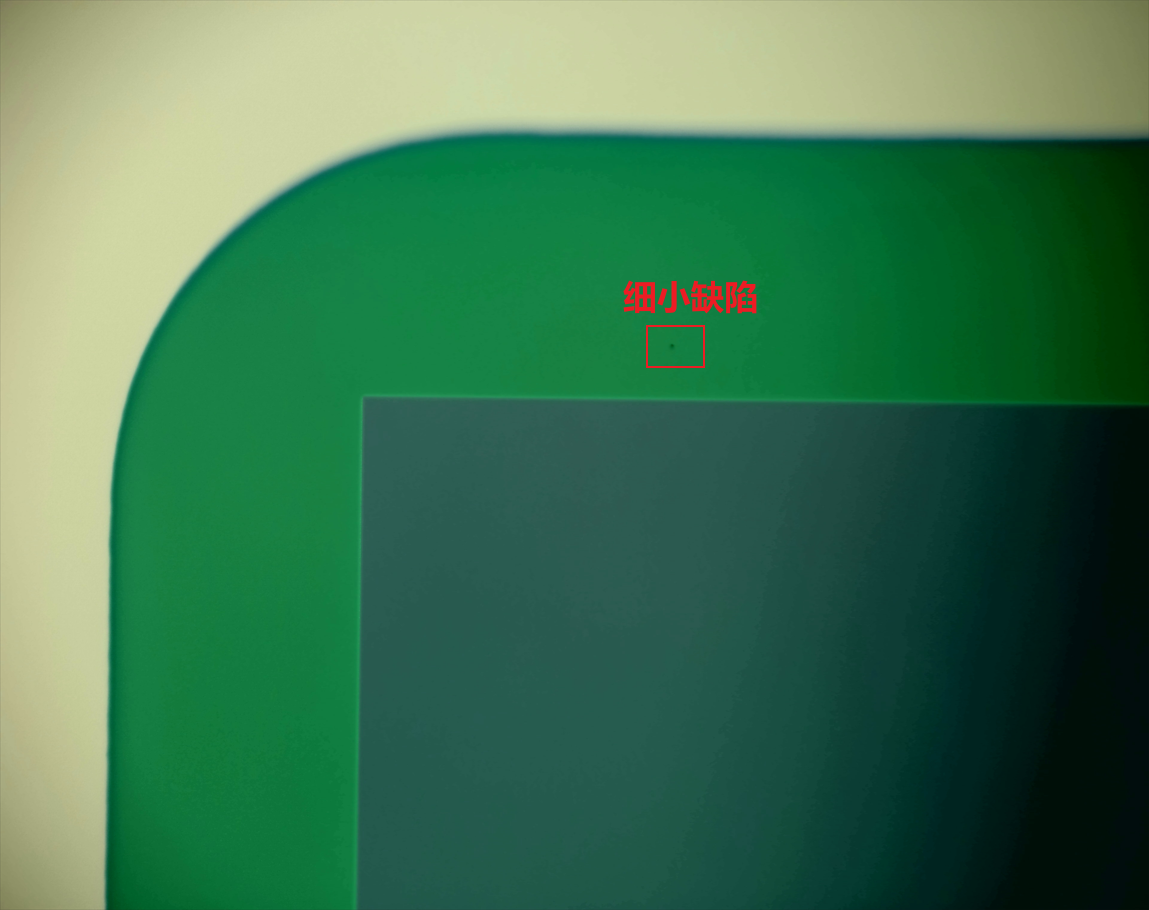
Accurate Supervised Defect Segmentation Model Test
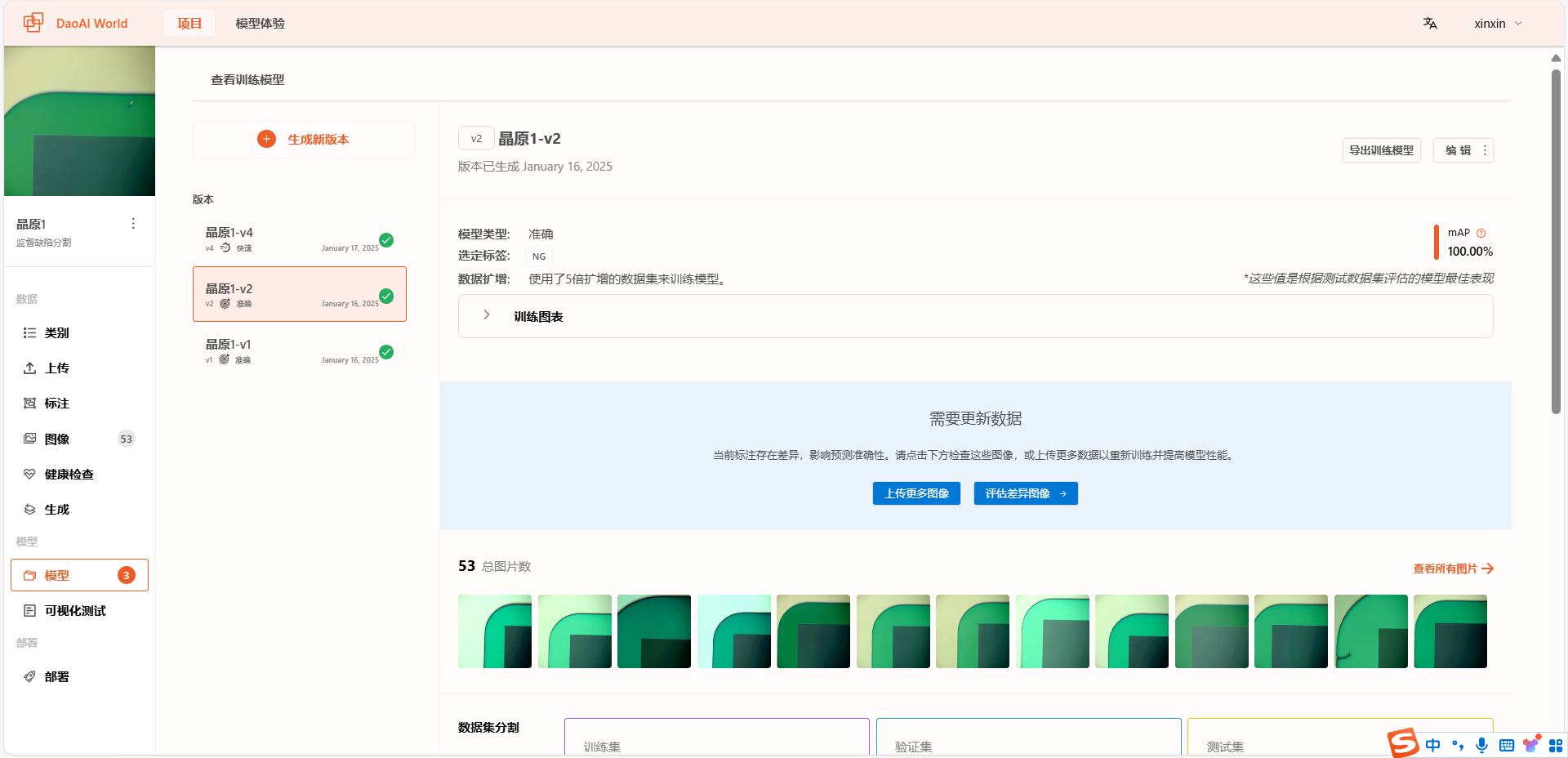
The accurate supervised defect segmentation model was trained, validated, and tested on a dataset of 53 images.
Test results for the accurate supervised defect segmentation model:
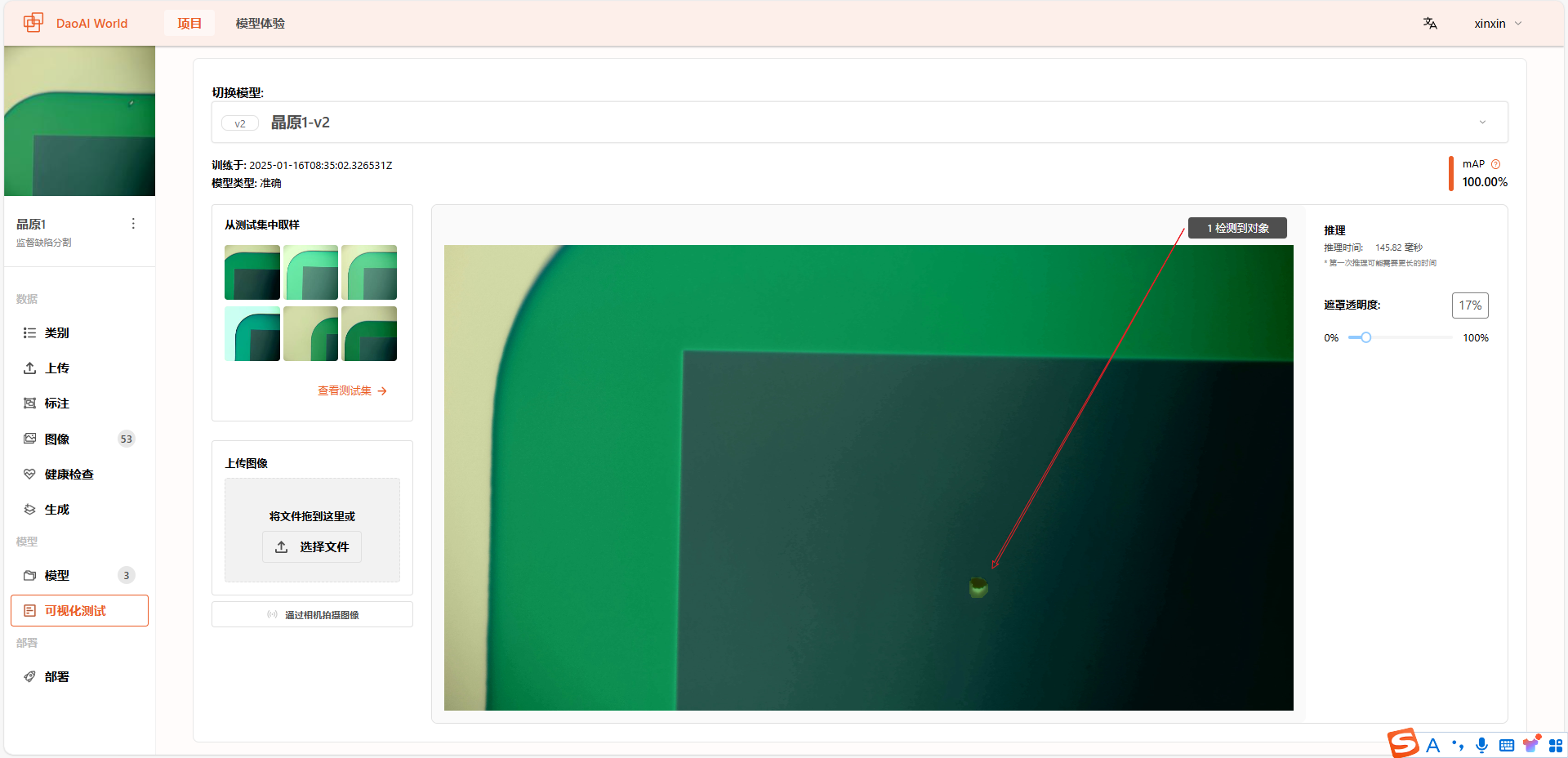
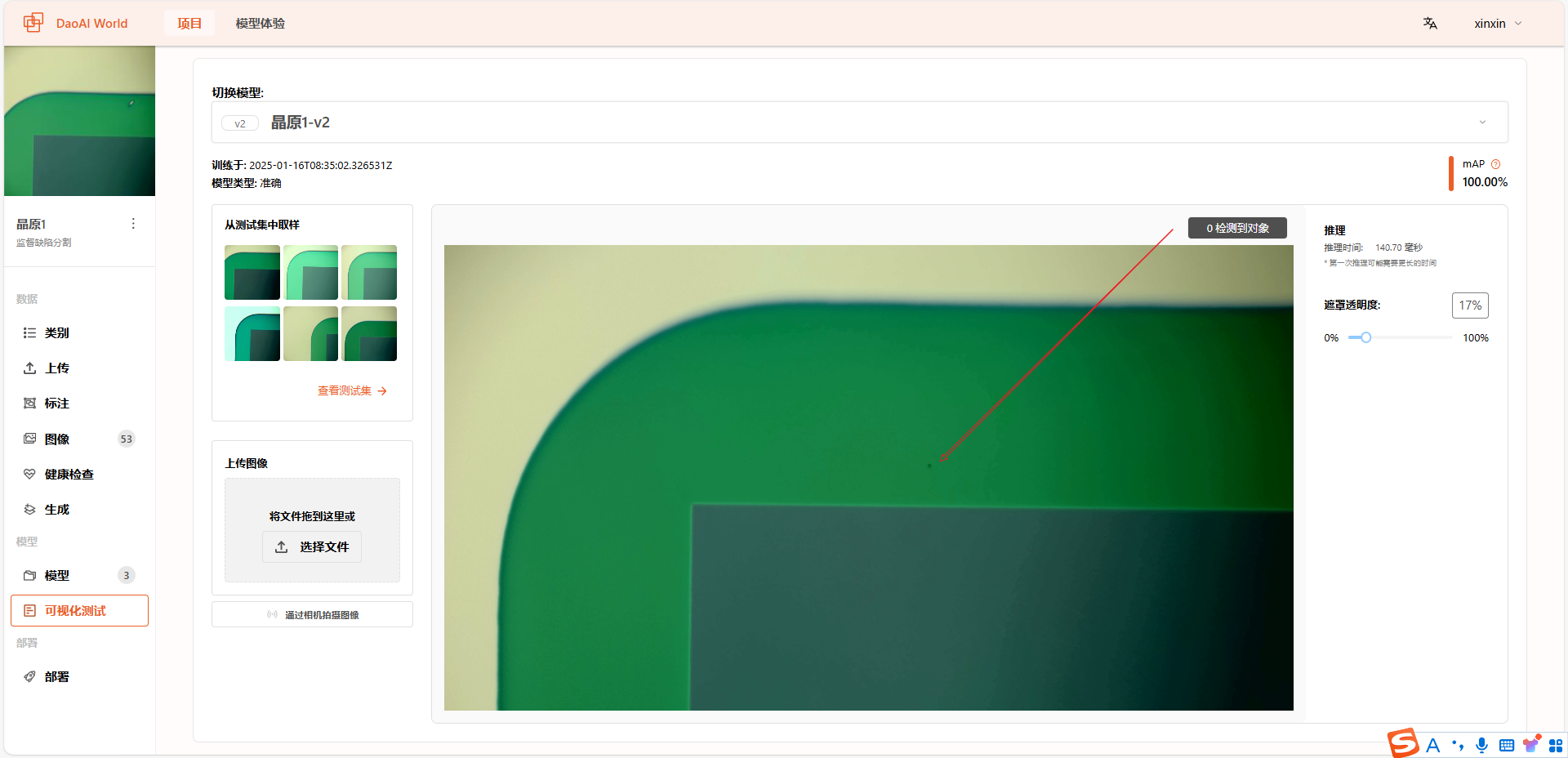
From the test results, we can see that the accurate supervised defect segmentation model struggles to detect very small defects.
Fast Supervised Defect Segmentation Model Test

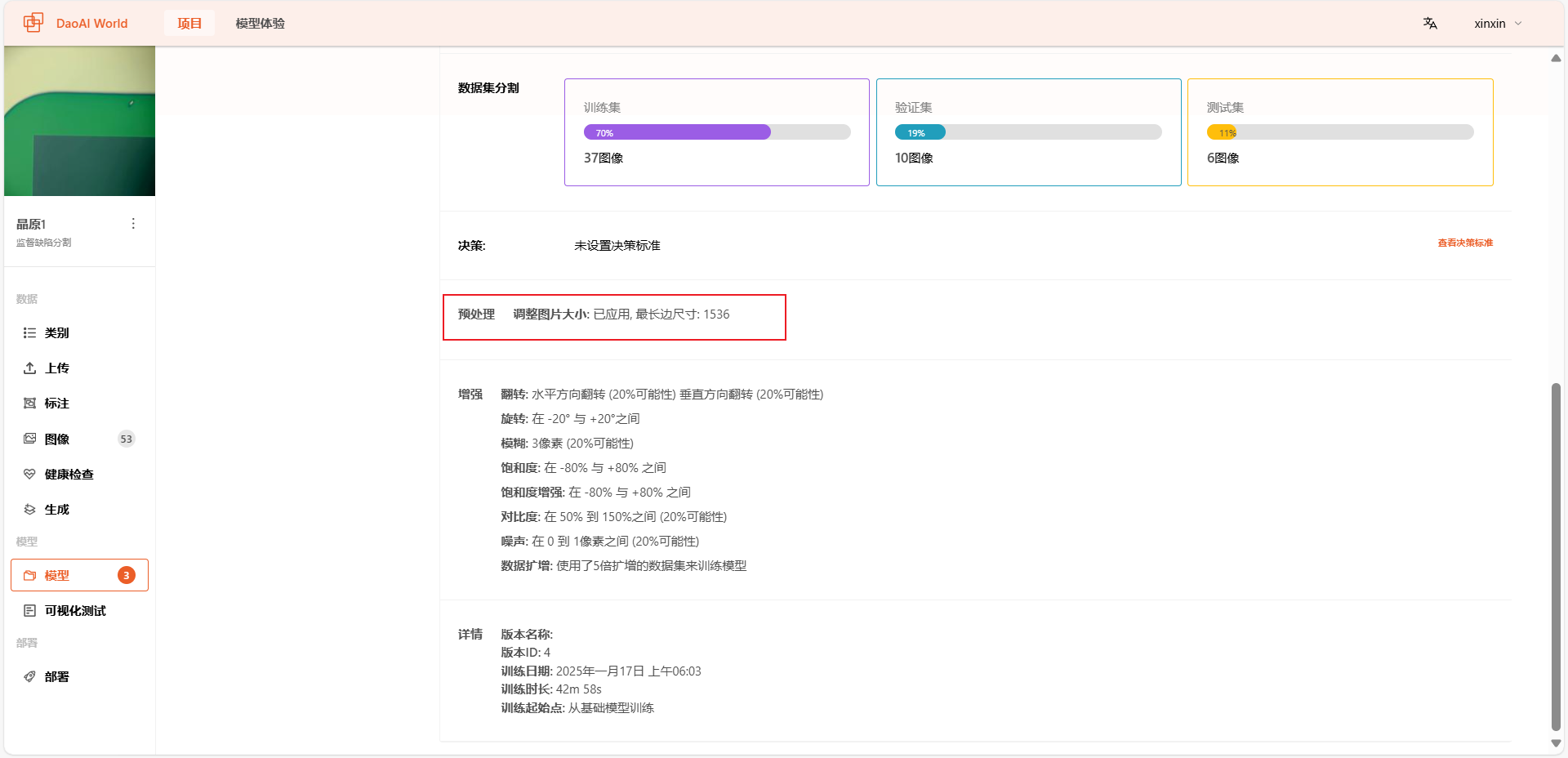
The fast supervised defect segmentation model was also trained, validated, and tested on the same 53-image dataset. Additionally, a preprocessing step was applied to resize images to 1536 pixels.
Test results for the fast supervised defect segmentation model:

From the test results, the fast supervised defect segmentation model is capable of detecting even very small defects.
Conclusion
In this case, the fast supervised defect segmentation model demonstrated significantly better performance in detecting fine defects by using a preprocessing step to resize images.
In practical deployment, the model automatically resizes the input image to the preprocessed resolution to ensure accuracy and consistency.
Therefore, preprocessing is a key step in improving the performance of supervised defect segmentation models, especially for fine defect detection.